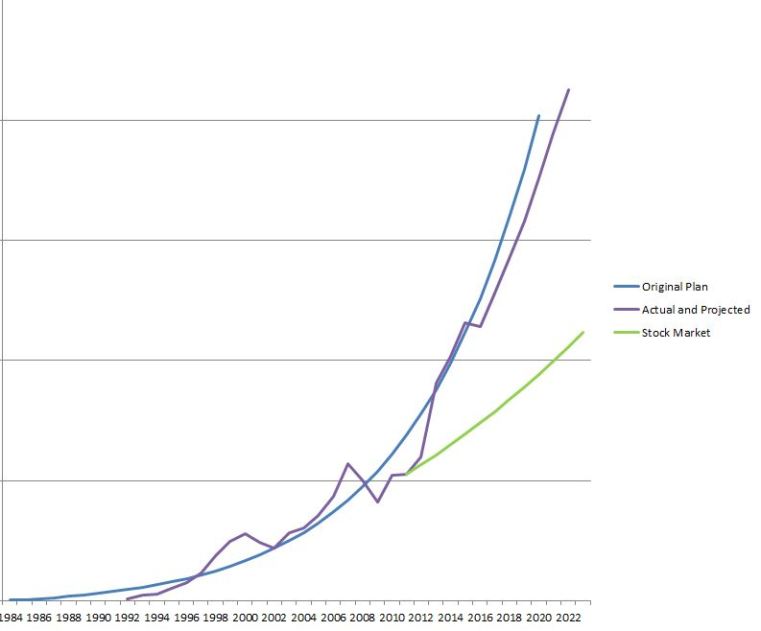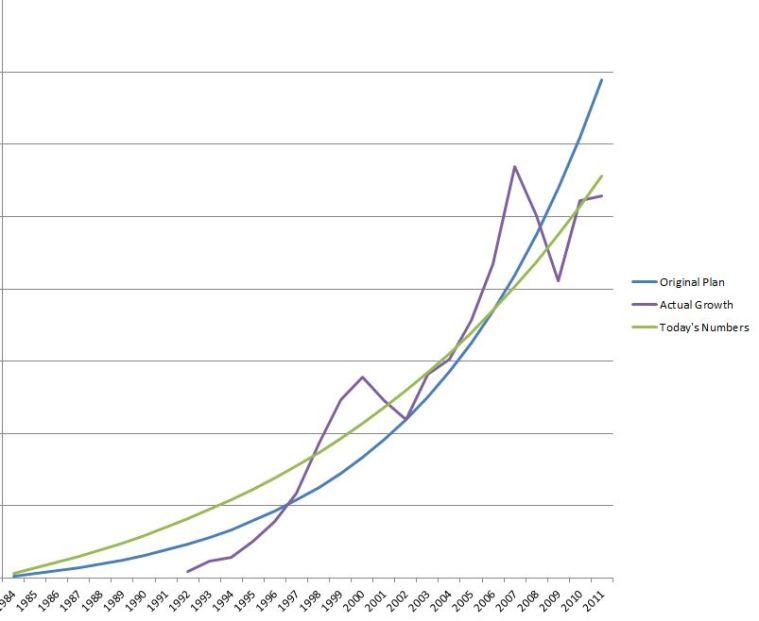I am currently on a hiatus, touring the southern US in an RV and a motorcycle. Check out Nana and Papa Be Trippin if you are interested in that effort to make Every Day Counts (EDC).
EDC is my uncle’s renamed blog and can be found at Every Day Counts where he recently posted about an NYT article that announced that the suit as business attire is outmoded. This reminded me of a few episodes in my early career. My first career job was with Delco Electronics, a division of General Motors. As a starting engineer there was an unwritten dress code of slacks, long sleeve button down white shirt and a business tie. First line supervisors added a jacket, managers on up wore 3 piece suits. Technicians could eliminate the tie and often wore short sleeve shirts, still button down. Casual Fridays had not yet been invented.
The first memory sparked by my uncle’s post was when GM purchased EDS, this was Ross Perot’s software company and was before Perot became famous for spoiling other things. I was part of an integration team which met with participants of EDS to find “synergy” (that is the word that come to mind now, I think we called it something else then). I met with a young femal engineer from EDS and during our talk about different company cultures she told me that before EDS was spawn of IBM and had much the same culture. She was actually chastised on her annual evaluation for wearing polyester instead of a wool blend.
My second memory was after returning from a stint at Motorola in Austin, TX which had a more enlightened dress code, I was sitting in a large conference room with managers at the forward end of the table, supervisors at the back and engineers along the walls of both sides, I was struck by the continuity of dress, position and manner of conduct of each person in the room. At one point I looked down the line of my colleagues and notice that we all had the same shoes, slacks, shirts and even the same crossed leg all the way down the line to 10 plus of us. The Rockets could not have done it better. I started looking for a new environment shortly thereafter.
So the NYT says that this type of clothing tyranny is over and my uncle says that even the lawyers at Facebook where jeans and hoodies. A line from the movie “My Cousing Vinny” comes to mind “you will look lawyerly”
Uncle Bob says watch the network news anchors to tell you when you will no longer need to wear a suit to impress your message. Well I predict the very next generation of talking heads will doff the suit and don the casual and will probably be promoted from a YouTube channel. I also bet that if you go to FB, Apple, Google, Tesla or anywhere else and you know what you are looking for you can still tell the execs from the contributors by the brand and style of the hoodie or at least the way it is worn. Look for the wrinkles and stains if nothing else.









